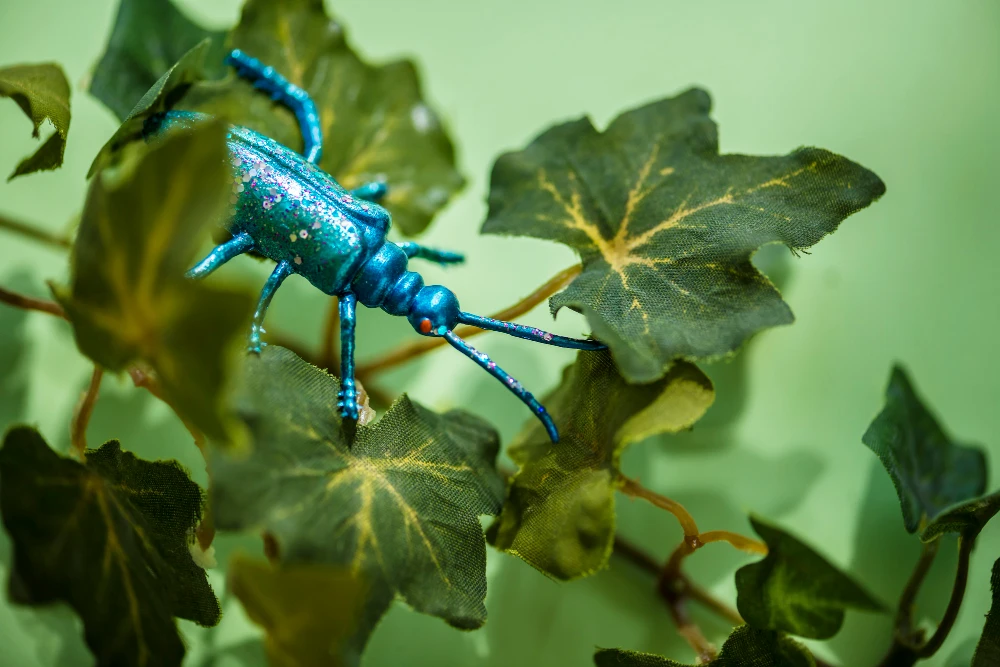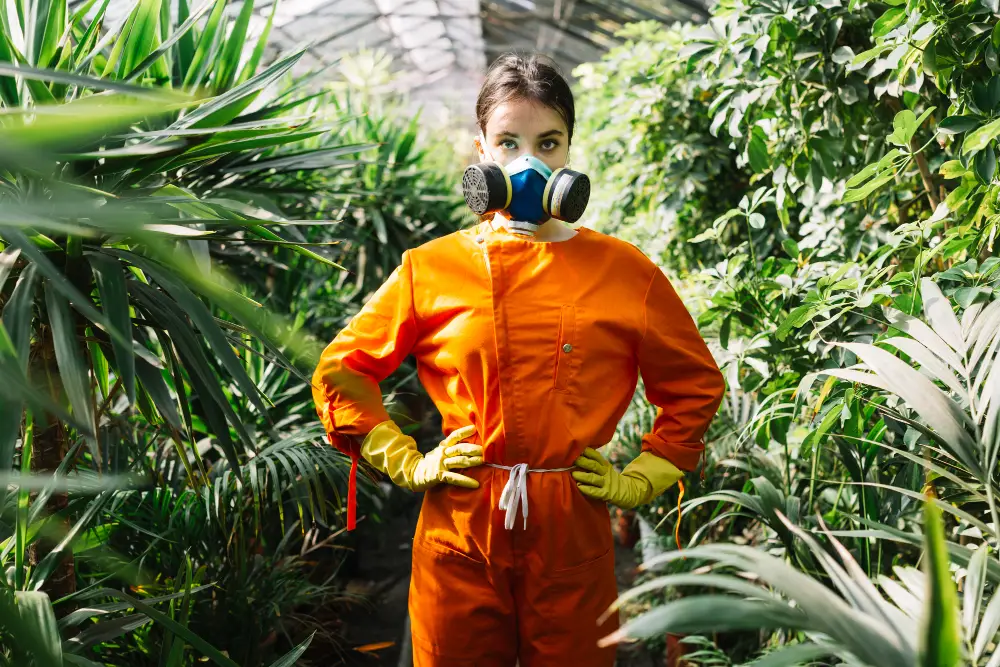Houseplants are more than just decorative elements that beautify our homes. They are living organisms that interact with our environment, purifying the air and bringing a piece of nature into our urban dwellings. However, these silent companions can become victims to equally silent invaders—common houseplant pests. These tiny creatures can wreak havoc on your beloved greenery if left unchecked. In this comprehensive guide, we’ll unveil the common culprits, their identifying features, and how to control them to keep your indoor oasis thriving.
Identifying the Enemy: Common Houseplant Pests

Aphids: The Sap-Drainers
Aphids are tiny yet prolific pests, often found in clusters on the tender new growth or undersides of leaves. They come in a spectrum of colors—green, yellow, black, red, or even white. These pests are notorious for their sap-sucking habits, which can lead to distorted leaves, stunted growth, and a general decline in plant vigor. They also excrete a sticky residue known as honeydew, which can attract other pests and foster mold growth.
Mealybugs: The Cottony Clingers
Resembling small tufts of cotton, mealybugs are easy to spot against the green backdrop of houseplant foliage. They anchor themselves to the leaves and stems, siphoning the sap and sapping the strength from their hosts. The honeydew they leave behind is a telltale sign of their presence, often leading to the development of sooty mold.
Spider Mites: The Weavers of Plant Woe
Spider mites are minuscule arachnids that can cause outsized problems for indoor gardeners. Preferring hot, dry environments, they congregate on the undersides of leaves, spinning fine silken webs as they go. Infested leaves may exhibit yellowing, bronzing, or even fine speckling, indicating the mites’ destructive feeding.
Fungus Gnats: The Soil-Dwelling Scourge
Fungus gnats are small, dark, and resemble tiny flies buzzing around the soil surface of potted plants. Their larvae feast on organic matter within the soil, and sometimes, plant roots. This can lead to weakened plants that are more susceptible to disease and other pest infestations.
Scale Insects: The Armored Adversaries
Scale insects are small, sedentary pests with a tough, shell-like covering that serves as their armor. They attach firmly to plant stems and the undersides of leaves, drawing out the sap and diminishing the plant’s health. Their presence is often indicated by yellowing leaves and a general decline in plant vitality.
Whiteflies: The Flocking Phantoms
Whiteflies are tiny, moth-like insects that swarm in clouds when disturbed, often found on the underside of leaves. They feed on plant sap, weakening the plant, and like aphids and mealybugs, they produce honeydew, which can lead to sooty mold.
The Battle Plan: Controlling Houseplant Pests

To ensure your houseplants remain the serene, green sentinels of your home, it’s essential to have a battle plan against the common pests that besiege them. Here’s a strategic guide to identifying and eliminating these unwelcome guests:
– Routine Surveillance: Keep a close eye on your plants. Regularly inspecting leaves, especially the undersides and stems, can reveal early signs of pest activity. A keen observation can catch an infestation before it becomes a siege.– Quarantine Measures: New plants can sometimes harbor stowaway pests. Isolate them for a few weeks to ensure they’re not a Trojan horse bringing invaders into your plant sanctuary.
– Hygienic Practices: Cleanliness is a natural deterrent. Remove any fallen debris and dead leaves, which can be breeding grounds for pests. A clean plant is a fortress less likely to be breached.
– Cultivate Allies: In the ecosystem of your home, beneficial insects are your knights in shining armor. Introducing predators like ladybugs can keep aphid populations in check, maintaining the peace within your plant kingdom.
– Choose Your Weapons Wisely: When pests breach your defenses, reach for organic pesticides such as neem oil or insecticidal soap. These are effective yet gentle on your plants and the environment, ensuring your home remains a safe haven.
– Fortify the Atmosphere: Pests often prefer dry, still air. By increasing humidity and airflow around your plants, you create a climate that’s less hospitable to invaders like spider mites.
– Direct Confrontation: Sometimes, direct action is necessary. For pests like mealybugs and scale, a cotton swab dipped in rubbing alcohol can be used to wipe them away, reclaiming your plants’ territory.
– Soil Defense: The soil is the foundation of your plants’ health. Prevent fungus gnats by allowing the soil to dry between waterings and adding a protective layer of sand or gravel to discourage egg-laying.
– Nurture Resilience: A well-cared-for plant is a resilient plant. Ensure your green allies receive the right amount of light, water, and nutrients. A strong plant is a bastion against the onslaught of pests.
In conclusion, the tranquility of your indoor garden depends on the health and well-being of each plant. By understanding the threats posed by common houseplant pests and arming yourself with the knowledge to combat them, you create a robust defense for your green companions. The strategies outlined in this article are not just reactive measures, but proactive steps towards fostering a resilient indoor ecosystem. Remember, the most vibrant gardens are the result of attentive care, a watchful eye, and a commitment to creating an environment where beauty can flourish undisturbed by the silent invaders. May your home always be a sanctuary for both you and your cherished plants.





Pingback: Natural Pest Control: Indoor Plants That Keep Bugs Away